Since the time I completed this post on Disruptive Power and Intersections, it continues to receive attention. It is by far the most effective component of any Future Thinking effort. Given the continued traffic to this two year old post, I am updating with current content. By way of reminder, the anchor emerging futures visual is available via this PDF. An expansion of the science and technology foundation is visualized via this PDF. The visual below connects the intersections of 8 combinatorial scenarios. This is not an exhaustive set of connections; it is strictly intended to describe the scenarios at a high level. This visual can be downloaded via this PDF.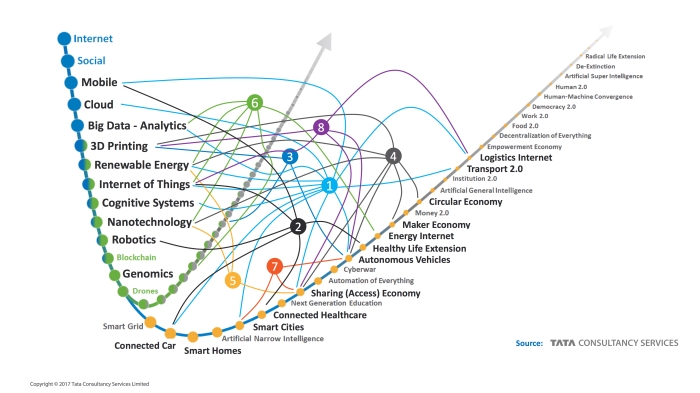
Figure 1: Intersections amplify both power and impact
Each of the eight combinatorial scenarios is described below. If we build on top of the anchor visual, we begin to see the complexity at the intersections, the amplification of power, and the broad implications for the future.
Combinatorial Scenario 1
The convergence of multiple elements on our emerging futures visual creates the next major general purpose technology platform.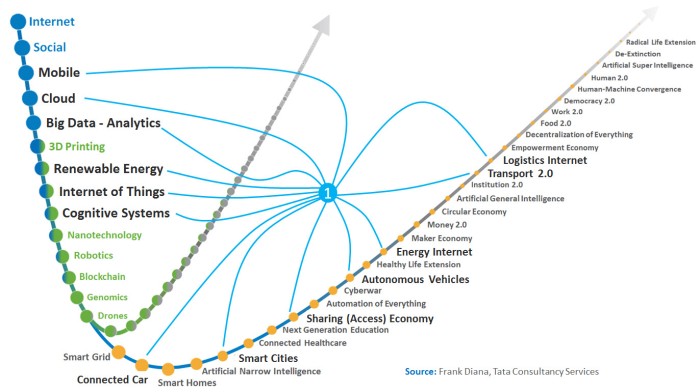
Figure 2: Intersections create a new general purpose technology platform
The new general purpose technology platform (GPTP) will drive new forms of communication, new forms of energy, and new mechanisms for transport and logistics. The three components of this Third Revolution Platform are the Internet (communication), renewable energy (Energy), autonomous vehicles and the Internet of Things (Logistics and Transport).
 Figure 3: The next general purpose technology platform replaces our current second industrial revolution platform
Figure 3: The next general purpose technology platform replaces our current second industrial revolution platform
Combinatorial Scenario 2
Many are focused on extending active and healthy lives. This healthy life extension scenario combines many innovations and future scenarios to ultimately accomplish that vision. Connected healthcare is the key future scenario that combines with additional scenarios like smart homes and connected cars to monitor our condition. Many of the foundational science and technology elements like robotics and the Internet of Things play critical roles.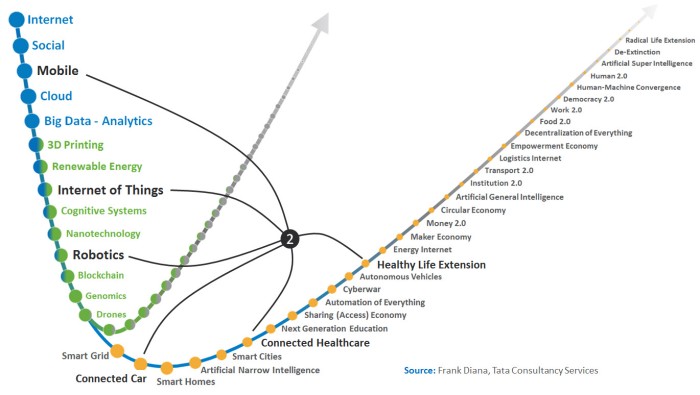
Figure 4: Intersections supporting healthy life extension
Combinatorial Scenario 3
Fatalities via car accidents are the biggest source of organ donations today. If autonomous vehicles eliminate 90% of those accidents as Google predicts, organ donations will plummet. This will likely drive an intersection with 3D Printing and synthetic biology, as exponential progression in these areas enable them to offset this loss. The importance of seeing as many outcomes as possible is highlighted by this scenario, as these intersections are not readily apparent.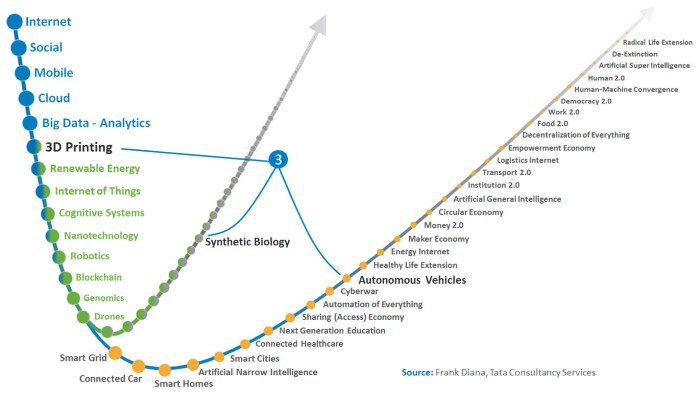
Figure 5: Intersections offset the loss of organ donations associated with a reduction of car-related fatalities
Combinatorial Scenario 4
Resource consumption could be a difficult societal challenge as the world sees 3 billion more consumers by 2025, and 5 billion in the middle class by 2030. This speaks to a potential scarcity scenario. But, as the convergence of sciences and technology drives us towards a world of abundance versus scarcity, the need for traditional resources could be eliminated altogether. So which is it? This combinatorial scenario is interesting, as 3D printing enables a maker economy that converges with the sharing and circular economy to alter the resource consumption mix. Autonomous vehicles and renewable energies contribute to this shift, as lighter cars designed for experience change the parts mix.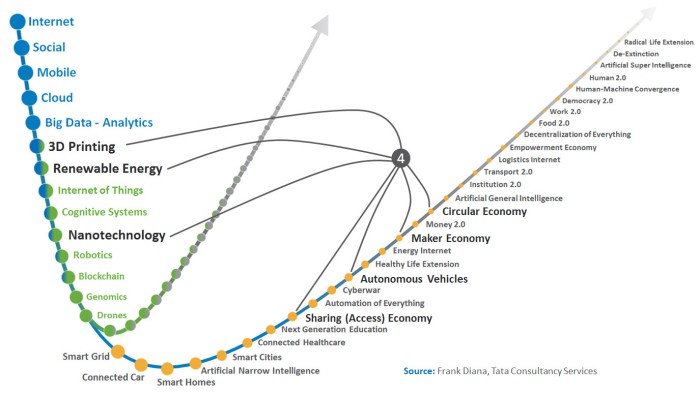
Figure 6: Intersections mitigate the risk of resource scarcity while moving towards a world of abundance
Combinatorial Scenario 5
If we are to expand our use of renewable energy we need an ability to match supply and demand. The same sharing economy mechanisms that optimize the matching of driver and rider, or guest and room provider could enable renewable energy at scale by linking surplus energy with demand. If you also combine the nanotechnology innovation accelerator, you begin to see the same reduction in solar panel size (and therefore broader adoption) that we’ve seen in the electronics area. This highlights a key accelerant: the convergence across the sciences and technology puts everything on the same exponential curve that technology has enjoyed for years. This information enablement of just about anything is a fundamental driver of exponential progression.
Figure 7: Intersections help expand the renewable energy footprint
Combinatorial Scenario 6
If renewable energy is to reduce or eliminate our reliance on fossil fuels, it requires a mechanism to store surplus energy and a bi-directional grid. If we combine renewable energy, sharing economy mechanisms, nanotechnology, new forms of energy storage, and the Internet of Things, you create an Energy Internet that does for energy what the Internet did for communications. The energy platform of the future could indeed be the product of combinatorial innovation, with the Internet of Things at its foundation.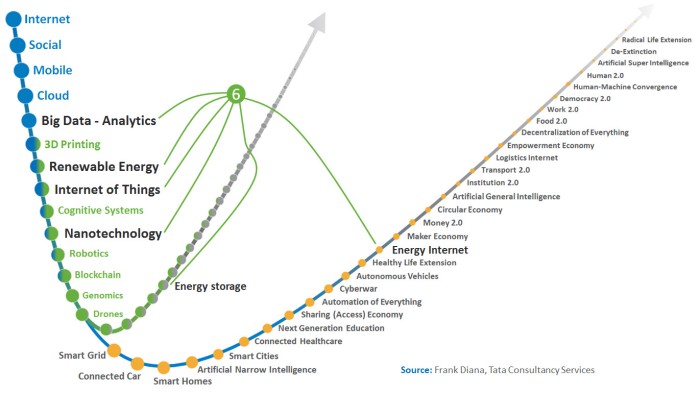
Figure 8: Intersections drive the sunsetting of the fossil fuel era
Combinatorial Scenario 7
Parking has long been an issue for cities, both in terms of traffic congestion and pollution. In addition, parking revenues are impacted by dumb meters that cannot account for the money contained inside; leading to theft and loss of revenue. As smart cities emerge, smart meters drive additional parking revenue and smart parking solutions help citizens find parking more efficiently – reducing both congestion and emissions.
But what starts as a net gain could evolve to a loss, as smart cities intersect with sharing economy mechanisms. Passengers increasingly find rides through Transportation Network Companies (TNC) that crowd source from a pool of drivers. These TNCs have the potential to disrupt current city transportation networks. Additionally, these sharing mechanisms combine with autonomous vehicles to eliminate the need for parking altogether. A driverless car can move from passenger to passenger in a highly optimized manner, eliminating the need for parking and freeing up city property for other uses. But revenues that went up via smart parking solutions now disappear. Further, this same convergence of shared economy and autonomous vehicles re-imagines the taxi and ride sharing industries and has the potential to disrupt mass transit revenue streams. Why would Uber need drivers when their fleet is fully driverless? So combinatorial innovation gives: enabling ride sharing and creating a platform for us all to become drivers – and it takes away: additional combinations ultimately eliminate the need for any of us to drive.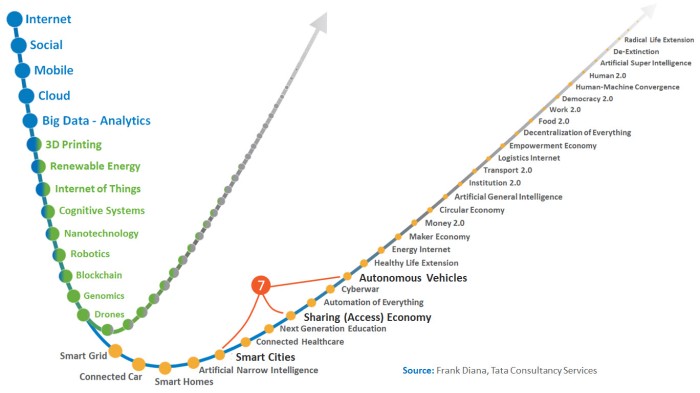
Figure 9: Intersections describe the short term and long term effects of a simple smart city scenario
Combinatorial Scenario 8
Much like energy, Logistics & Transport is likely transformed in the future. A Logistics Internet could very well emerge that combines the Internet of Things, autonomous vehicles, and sharing economy mechanisms. In this scenario, the sharing economy kicks into overdrive to leverage the world’s warehouse infrastructure as a shared resource. Supply and demand matching would resemble a room provider being matched with a guest via Airbnb. This sharing would drive a previously unattainable level of productivity. Autonomous vehicles would alter the current transportation paradigm, while the Internet of Things serves as the enabling foundation.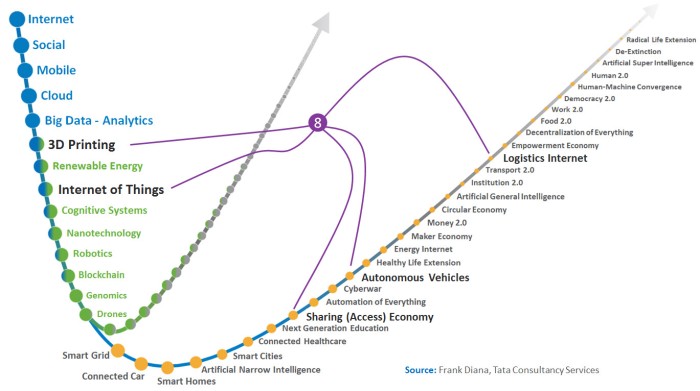
Figure 10: Intersections move us towards a logistic Internet that transforms our current transport and distribution paradigm
These combinatorial examples make it clear that isolated analysis of any given future scenario is not sufficient. The true transformative power lies at the intersections. Understanding these combinations helps us exploit opportunity while mitigating the risk of unintended consequences.

[…] The content of this post was updated on February 16, 2017 in a new post titled Intersections Promise to Drive Multiple Paradigm Shifts […]
LikeLike
Reblogged this on Lueny Morell and commented:
Worth reading to see what the future will bring and where innovation opportunities are.
LikeLiked by 1 person
[…] across the utility industry—what Navigant Research calls the Energy Cloud. Seven Energy Cloud combinatorial platforms are outlined […]
LikeLike
[…] potential of already exponential technologies multiplies by orders of magnitude when they can intersect and combine. With blockchain creating the framework for that to happen, it’s not entirely hyperbole to […]
LikeLiked by 1 person
Reblogged this on Kapua and commented:
Great insight…
LikeLike
[…] potential of already exponential technologies multiplies by orders of magnitude when they can intersect and combine. With blockchain creating the framework for that to happen, it’s not entirely hyperbole to put […]
LikeLike
[…] critical to zoom out and see the patterns that connect technologies and assess their impact. This connecting of dots is aided by books that scan horizons, such as the recent efforts of The World Economic […]
LikeLike
[…] come before it – and it’s not just the number, but the way the building blocks are Intersecting. For example, figure 1 depicts a number of building blocks that are converging to transform […]
LikeLike
[…] that have come before it – and it’s not just the number, but the way the building blocks are Intersecting. For example, this figure depicts a number of building blocks that are converging to transform […]
LikeLike
[…] that have come before it – and it’s not just the number, but the way the building blocks are Intersecting. For example, this figure depicts a number of building blocks that are converging to transform […]
LikeLike
[…] older post on Intersections dives a little deeper into the dynamic that is likely to occur as convergence across the science […]
LikeLike
[…] the Intersections. An ability to visualize these intersections lies at the heart of understanding Possible Scenarios. The work of organizations like FTI provide great foresight to leaders attempting to track signals […]
LikeLike
[…] potential of already exponential technologies multiplies by orders of magnitude when they can intersect and combine. With blockchain creating the framework for that to happen, it’s not entirely hyperbole to put […]
LikeLike
[…] I spend a lot of time focused on the emerging Mobility ecosystem. This scenario highlights the Intersections that amplify impact, and the Disruptive Power of those intersections. My thoughts on The Emerging […]
LikeLike
[…] is not a singular event. Rapid shifts are likely, driven by the convergence of scenarios that emerge sometimes overnight. Taking the long-term view allows us to see the shifts at some […]
LikeLike
[…] of building blocks in the science and technology domains which contribute to the quickening pace. I’ve explored this notion of intersections in the past, but with a broadened focus. Convergence is occurring […]
LikeLike
[…] described in an earlier post, these Intersections across multiple domains introduce new scenarios that amplify impact. In this example, the […]
LikeLike
[…] of acceleration. The Convergence of multiple forces is driving this very fast future. As these Intersections occur, that pathway to a very different future opens wide. In the case of acceleration, Mr. […]
LikeLike
[…] of acceleration. The Convergence of multiple forces is driving this very fast future. As these Intersections occur, that pathway to a very different future opens wide. In the case of acceleration, Mr. […]
LikeLike
[…] blocks of our future are numerous, and they are intersecting in ways that drive rapid shifts. I Visualized this phenomenon a while back, trying to depict the complexity of our world and the challenges it […]
LikeLike